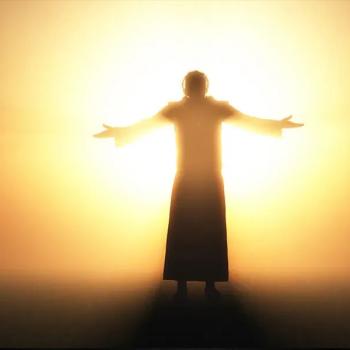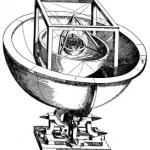 Easter is more than colorful eggs and chocolate bunnies. It’s a time of remembrance and celebration of Jesus Christ, as well as a time of commitment and forgiveness. As Christians, we remember the final days of Jesus Christ’s life and the sacrifice he made for all mankind. We celebrate Jesus’ victory over death. We commit to having faith in Jesus and repenting of our sins, of which we’re forgiven because of Jesus’ personal sacrifice for each of us.
Easter is more than colorful eggs and chocolate bunnies. It’s a time of remembrance and celebration of Jesus Christ, as well as a time of commitment and forgiveness. As Christians, we remember the final days of Jesus Christ’s life and the sacrifice he made for all mankind. We celebrate Jesus’ victory over death. We commit to having faith in Jesus and repenting of our sins, of which we’re forgiven because of Jesus’ personal sacrifice for each of us.
Suffering in the Garden of Gethsemane
After the Last Supper, Jesus and his apostles walked to Gethsemane, an area on the hills of the Mount of Olives. Jesus then left his apostles and prayed to God in a garden. This is when the process of Jesus’ atonement began.
During this time—no one knows exactly how long—Jesus suffered and bled from every pore as he felt every pain and suffered for every sin. When Jesus finished, he returned to his apostles and saw a group of Roman soldiers approaching. Even though Jesus knew this was going to happen, he didn’t run. He stayed because he knew it needed to happen in order for him to fulfill his atoning mission.
Good Friday and Easter Sunday
After Jesus’ conviction and death sentence, Roman soldiers placed a crown of thorns on his head, mocking him as King of the Jews, whipped him, and made him carry his own cross to the hill called Golgotha. They then nailed him to the cross and raised him up to die in between two thieves. Jesus hung and suffered there for hours. While hanging, he forgave those who did this to him and told his Father to forgive them.
Jesus died on that cross on Good Friday, and then was taken down and placed in a tomb. (Passover covers all the events from the Last Supper through Jesus being buried as the Jews measured a day from sundown to sundown.)
Three days after Jesus’ crucifixion is the day Jesus rose from the tomb he was buried in. It’s what we now call Easter Sunday.
The Cross Is Just One Part
Since Jesus Christ died and voluntarily sacrificed himself on the cross, why don’t Mormons use and wear the cross as a symbol of their faith in Jesus?
Mormons believe Jesus died on the cross. But to them, Jesus’ death on the cross was only part of his mortal mission—that all three parts that make up his atonement are important: his suffering for our sins in the Garden of Gethsemane, his crucifixion, and his resurrection. Because Jesus suffered and died for our sins, we can all be forgiven of them, and because Jesus rose from the dead, we will one day be resurrected and live again (1 Corinthians 15:22).
How Mormons Honor the Atonement
The miracle of Jesus’ atoning mission isn’t limited to his physical suffering and death on the cross. The miracle is evident in his divine ability to overcome death through his resurrection. That’s why during the Easter season, and every day of the year, Mormons choose to commemorate Jesus’ sacrifice and resurrection, the greatest miracle, rather than just focus on His death on the cross.
Like other Christians, Mormons attend a special Sunday worship service on Easter Sunday. Their talks and lessons are centered around Jesus Christ, his crucifixion, resurrection, and surrounding events, while their church chapels are decorated with white lilies and other things that symbolize life. The church choirs and congregations also sing Easter hymns.
Also on Easter Sunday, and every Sunday, Mormons remember the sacrifice Jesus made, the blessings of that sacrifice, and the hope for eternal life by partaking of the sacrament Jesus and his apostles participated in with the Last Supper: Mormons eat bread and drink water in remembrance of the body and blood Jesus personally sacrificed for everyone.
Many Mormons will also take time during this religious holiday to recommit themselves to living Jesus’ gospel better and serving others as he did.












